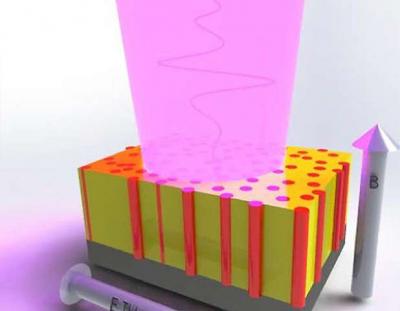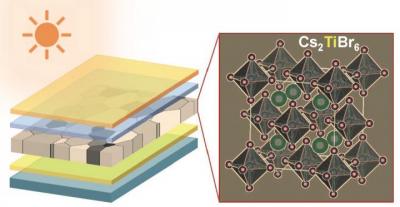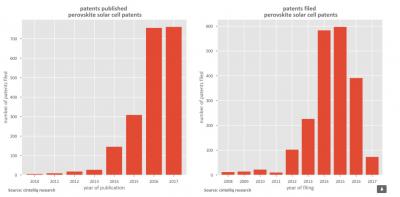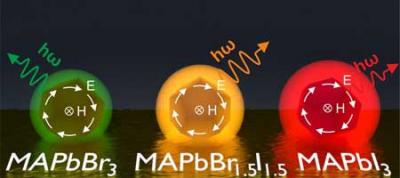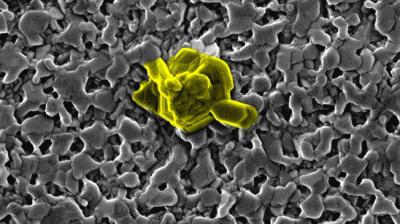Korean team improves the stability of perovskite-based solar cells
New research by teams at Inha University and Chonnam National University in South Korea reveals how to improve the lifetime of perovskite-based solar cells. The team has developed a method known as co-precipitation to make a thin film comprising nanoporous nickel oxide as the hole transporting layer (HTL) for a perovskite solar cell that uses the unique composition of FAPbI3 and or MAPbBr3 as the perovskite layer. In addition, they used an organic air-stable inorganic zinc oxide nanoparticles compound as the ETL (electron transporting layer) in order to protect the perovskite layer from air.
"We successfully optimized the metal oxide based HTL and ETL protecting layers for highly efficient perovskite absorber by a simple method which can make air-stable photovoltaics," explains co-author of the study. "Our main goal is to solve the problem of the tedious process of making conventional additive-doped, highly expensive, unstable HTLs by replacing low-cost, inorganic air-stable p and n-type metal oxides," he added.
